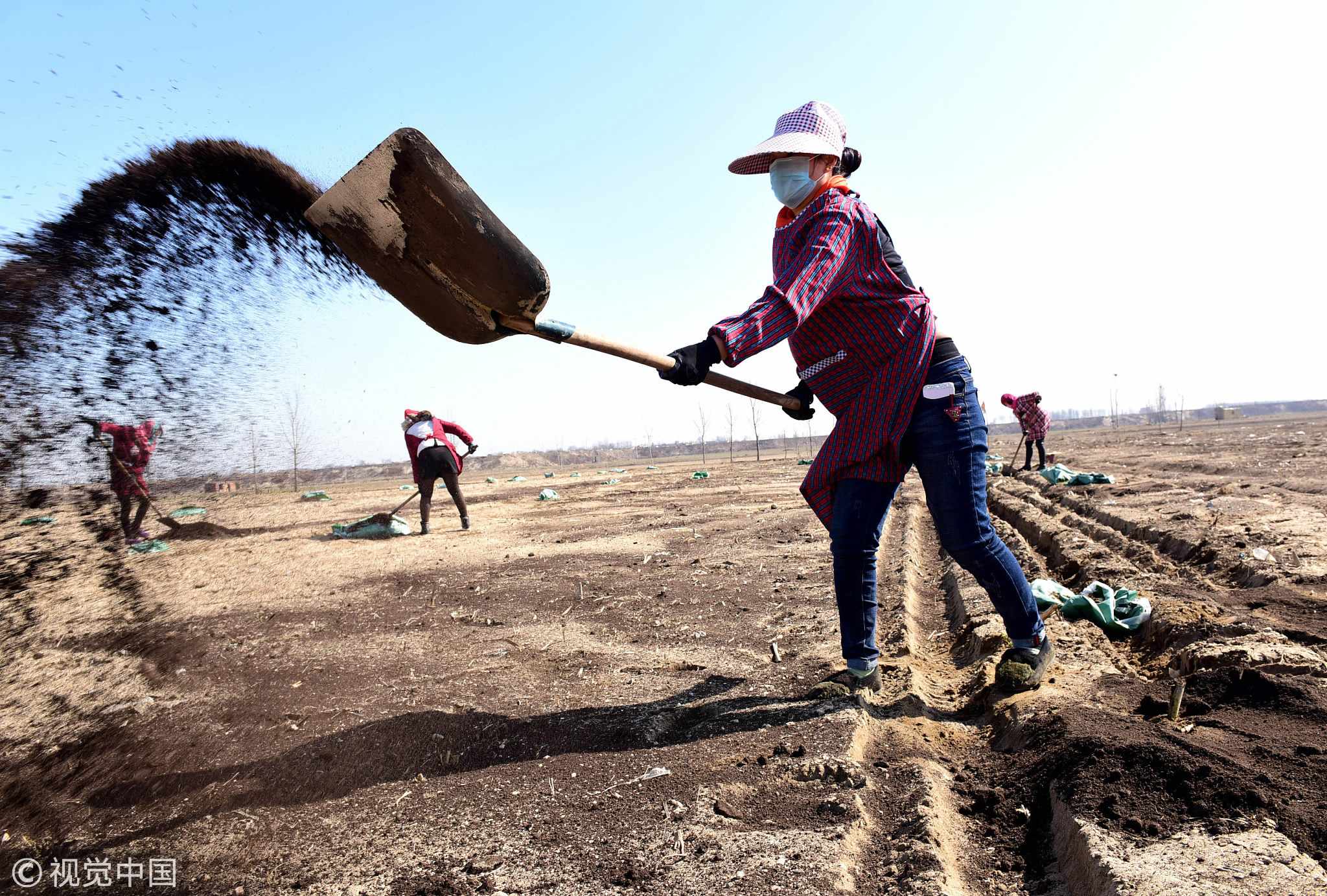
Opinions
22:54, 04-Feb-2018
Opinion: Reform and hope – the development of rural China
Guest commentary by Jiahe Chen

Forty years ago, China started its magnificent economic reform. In less than half a century, this country succeeded in becoming the world’s second-largest economy measured by nominal GDP and the largest economy, if real GDP data is used under the benchmark of purchasing power parity (PPP).
However, China is still a developing country if you take a look at the per capita GDP (rather than the total GDP), given the fact that there are 1.3 billion people living in the country, while in the United States, the population is "only" 320 million. According to the International Monetary Fund (IMF), China’s estimated nominal per capita GDP was 8,583 US dollars in 2017, 14.4 percent of that in the United States, which stood at 59,495 US dollars.

VCG Photo
VCG Photo
The development of Chinese cities, such as Beijing, Shanghai and Shenzhen, has amazed many. And the natural question asked is: Where next? Rural China is an obvious answer, as the region is quite undeveloped compared with the countryside in Europe and North America.
However, developing China’s rural region is clearly not an easy task. A labor-intensive path is obviously not a good option.
Today, only 16 percent of Americans live in rural areas. In Japan, the number is 9 percent. In China however, 50 percent of the population live in the countryside.
As the country works towards a prosperous economy, its rural regions will become less populated.
Developing paths based on capital and technology are therefore more realistic options for China’s rural regions, and the country is lucky to have its own advantages in both areas.

VCG Photo
VCG Photo
According to the World Bank, China had a saving rate (annual saving divided by GDP) of 46 percent in 2016, much higher than the 18 percent registered in the United States, 27 percent in Japan, and 11 percent in the United Kingdom. There is enough capital awaiting opportunities, and rural China is a good candidate.
China is not short on technology, and is a pioneer in the application of new technology. Shopping online has become an important part of people’s daily lives. In many cities, you can place your order online in the morning and receive your package the next day, if not on the same day.
In rural China today, you can already see large numbers of people riding the online shopping wave, either as sellers or buyers. If machinery is the pillar of the 20th century economy, technology must be the backbone of the 21st century economy.
So what should the Chinese government do to help its rural region? I would say it's the infrastructural part, not the commercial part, which requires the government’s focus.

VCG Photo
VCG Photo
Today after merely 40 years of economic reform, a market culture is amazingly spreading across the whole county. If there is enough profit for something, you will never worry that there aren't people wanting to earn it. With the economic potential exhibited by China’s rural areas, the only concern left for people is the less-than-optimal infrastructure.
The word "infrastructure" in this context does not solely indicate "hard infrastructure", such as roads, bridges, airports, industrial plants, etc. It also includes a solid recognition of property rights, a just and efficient legal system, a charming ecological environment, a friendly countryside culture, etc. Neither capital nor technology can alone build such a good infrastructure. This is clearly a task left for the government.
The reform process has already begun. During the 19th National Congress of the Communist Party of China, land leases were extended for 30 more years, and a grand plan for rural development was brought forward focusing on areas that cannot be completed by the market alone.
China has successfully developed its economy for the past 40 years, with cities like Shenzhen and Shanghai now among the world’s best. So why shouldn't the country's economic magic extend to its rural region?
(Jiahe Chen is the chief strategist at Cinda Securities, Oxon. The article reflects the author’s opinion, and not necessarily the views of CGTN.)

SITEMAP
Copyright © 2018 CGTN. Beijing ICP prepared NO.16065310-3
Copyright © 2018 CGTN. Beijing ICP prepared NO.16065310-3